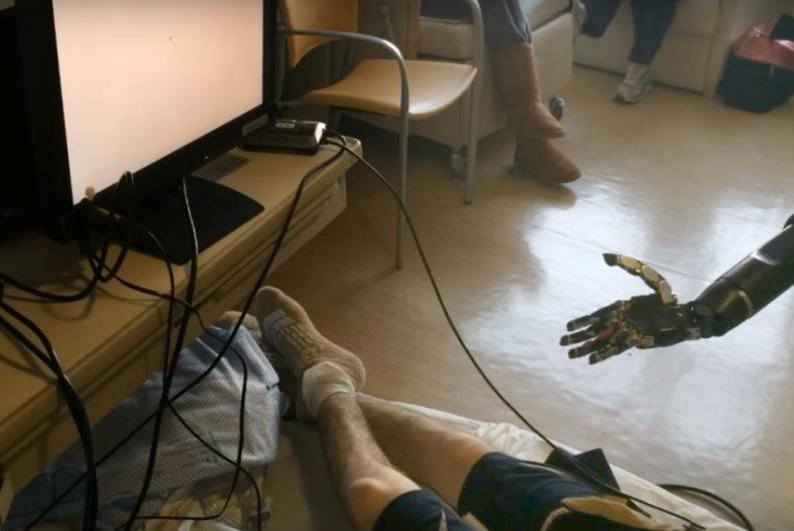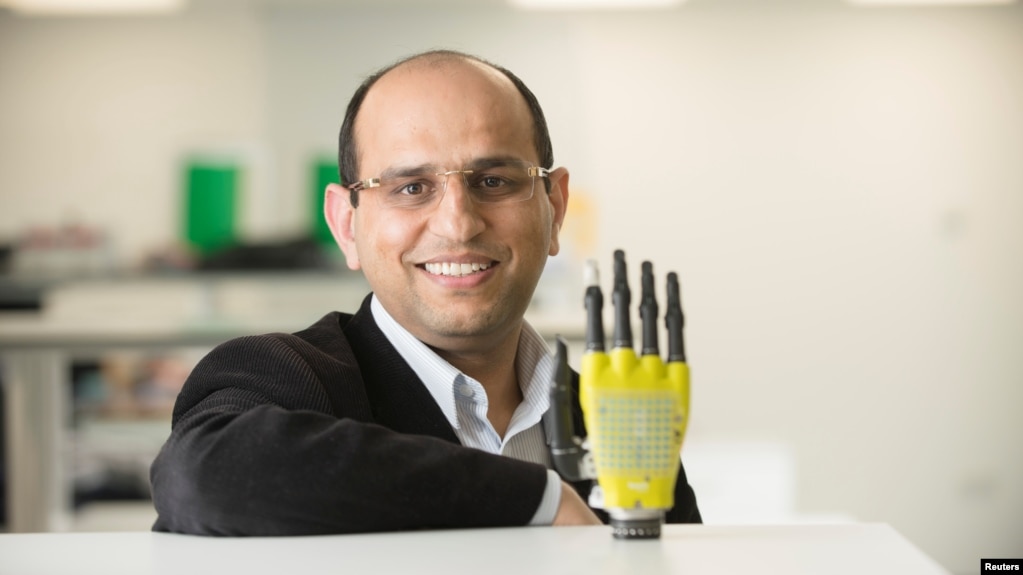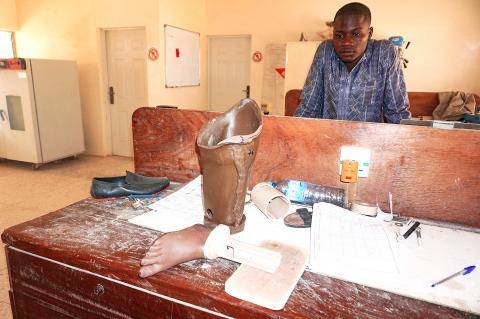R
rdean
Guest
3-D Printed Prosthetics This Is How You Get Them to Children Qmed
The stories continue to mount. One of the latest involves 7-year-old Faith Lennox, who lives outside Los Angeles, and the robotic hand she recently received. Her parents were on a waiting list with E-Nable. But their luck changed when a nearby 3-D printing studio called Build It Workspace was willing to create the hand on its own at a cost of $50 using E-Nable’s designs.
-------------------
Printing out prosthetics. Incredible. See what education can do?
The stories continue to mount. One of the latest involves 7-year-old Faith Lennox, who lives outside Los Angeles, and the robotic hand she recently received. Her parents were on a waiting list with E-Nable. But their luck changed when a nearby 3-D printing studio called Build It Workspace was willing to create the hand on its own at a cost of $50 using E-Nable’s designs.
-------------------
Printing out prosthetics. Incredible. See what education can do?





